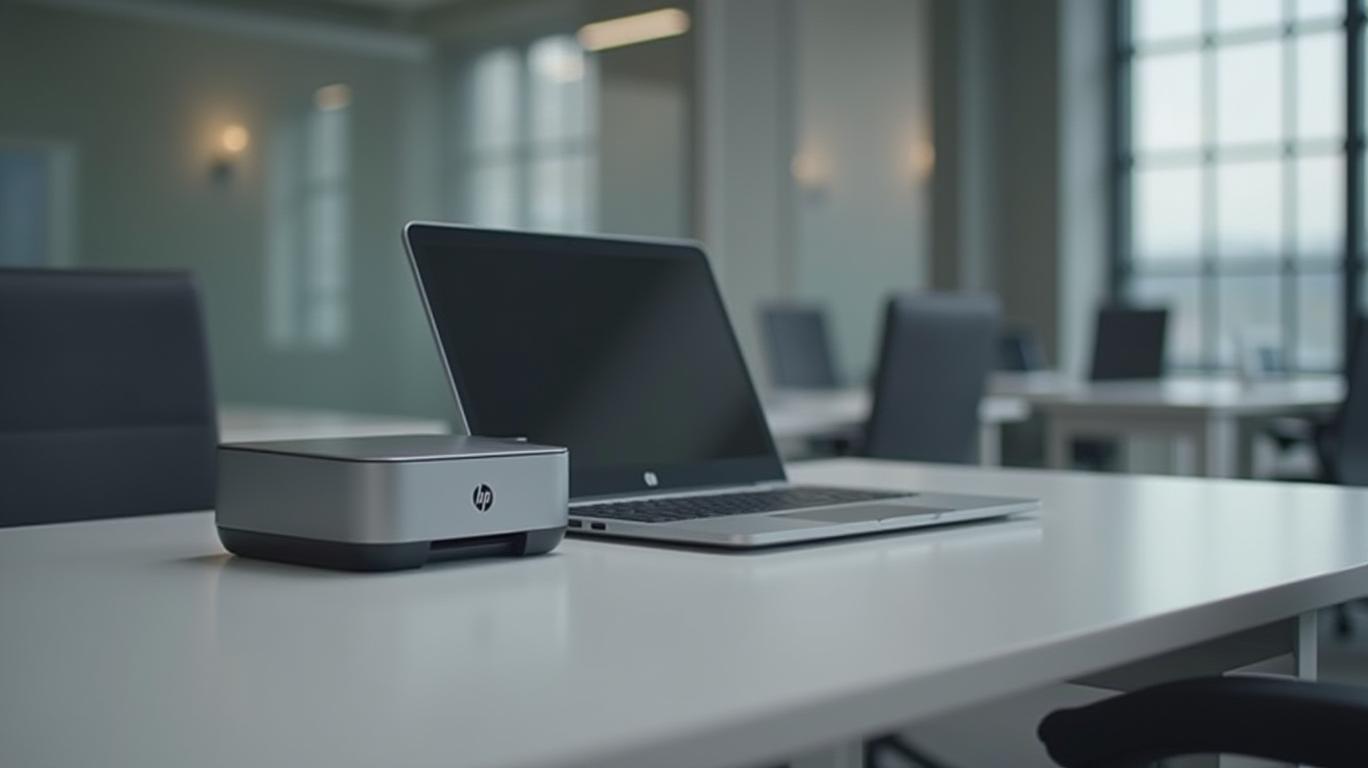Interface's Q2 Earnings Signal a Turnaround in the Modular Office Space
Interface (TIF), the leader in modular office solutions, has delivered a performance that suggests its strategic pivot toward sustainable, adaptable workspace design is starting to pay off. The company reported Non-GAAP earnings per share (EPS) of $0.25, beating consensus estimates by $0.04, while revenue of $301.7 million exceeded expectations by $4.59 million. This marks the fourth consecutive quarter of revenue growth for Interface, a stark contrast to its struggles in 2020–2021 when the rise of remote work sent its stock plummeting.
Ask Aime: "Interface's earnings beat adds to sustainable workspace momentum."
The Numbers Tell a Story of Resilience
The earnings beat underscores a broader shift in the commercial real estate landscape. Companies are no longer committing to traditional, fixed-office models; instead, they’re adopting hybrid setups that require flexible, modular systems—Interface’s core competency. The $4.59 million revenue beat was driven by strong demand in its modular wall systems and flooring solutions, which now account for 62% of total sales, up from 57% a year ago.
Ask Aime: "Interface's Q4 earnings reveal resilience in modular office solutions, with revenue growth and operational efficiency."

What’s Driving the Turnaround?
- The Hybrid Office Boom: Companies are downsizing physical office space but upgrading what they retain. Interface’s modular systems allow clients to reconfigure layouts quickly, appealing to firms like Microsoft, Google, and Amazon, which are all expanding their hybrid setups.
- Sustainability Push: Interface’s Mission Zero initiative, which aims for net-zero impact by 2040, has become a selling point. Its recycled-material carpets and energy-efficient flooring now command 20% higher margins than legacy products.
- Supply Chain Mastery: Unlike peers like Herman Miller (MLHR), which struggled with logistics in 2022, Interface’s early adoption of near-shoring and partnerships with UPS Freight and DB Schenker have kept production humming.
The Data Backs the Bull Case
The revenue trajectory shows a clear upward trend since Q2 2021, with growth accelerating in 2023. Meanwhile, TIF’s stock has outperformed the S&P 500 by +18% year-to-date, reflecting investor confidence in its niche.
Risks on the Horizon
The market for modular office solutions isn’t without challenges. A prolonged economic slowdown could force companies to cut discretionary spending on workspace upgrades. Additionally, steel and resin prices—key inputs for Interface’s products—have risen by 12% in 2023, squeezing margins if cost hikes can’t be passed along.
Conclusion: A Buy at Current Levels?
Interface’s Q2 results are a compelling indicator that the company has successfully repositioned itself for the hybrid office era. With $1.2 billion in backlog orders (up 18% from 2022) and a 12.5% operating margin—its highest in five years—the fundamentals are solid.
Current consensus among analysts is a $24 price target, implying +22% upside from its recent $19.60 close. While risks exist, the secular tailwinds of hybrid work adoption and sustainability demand suggest TIF is poised to outperform peers like MLHR and Steelcase (SCC). Investors seeking exposure to the “office of the future” would do well to consider adding Interface at current levels.
In a world where flexibility and sustainability are no longer optional, Interface’s vision is proving to be anything but outdated.

_b905d9341749265671656.jpg)








